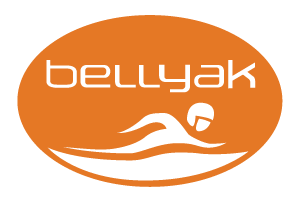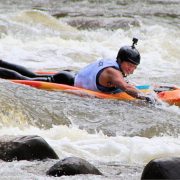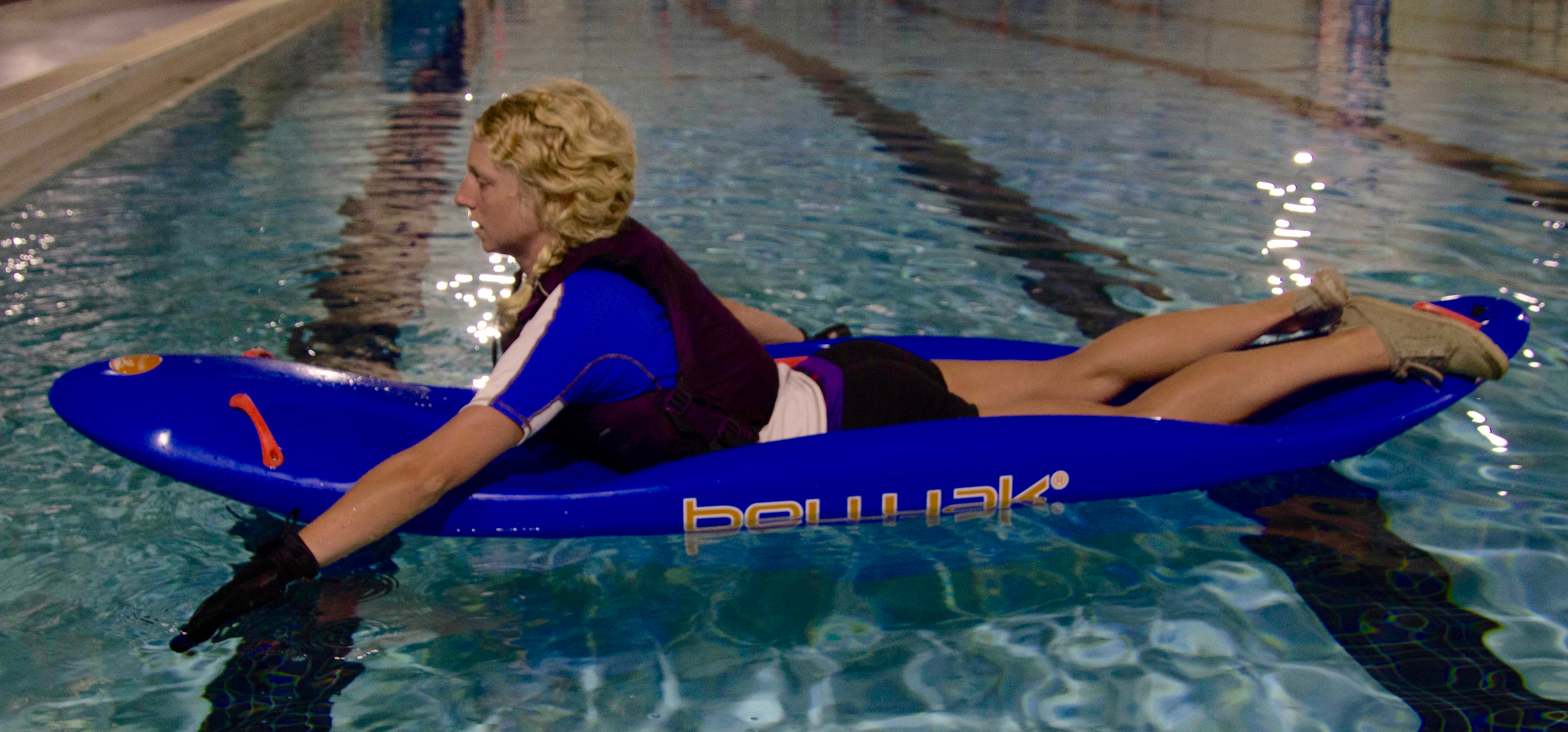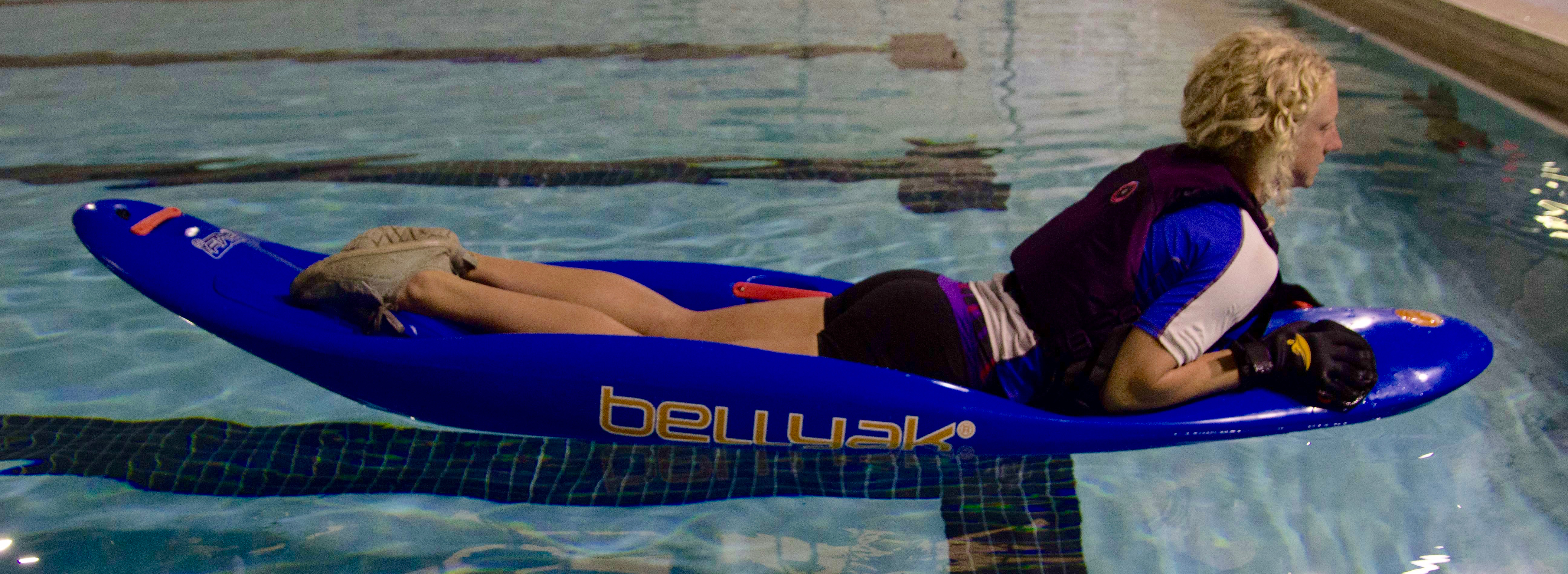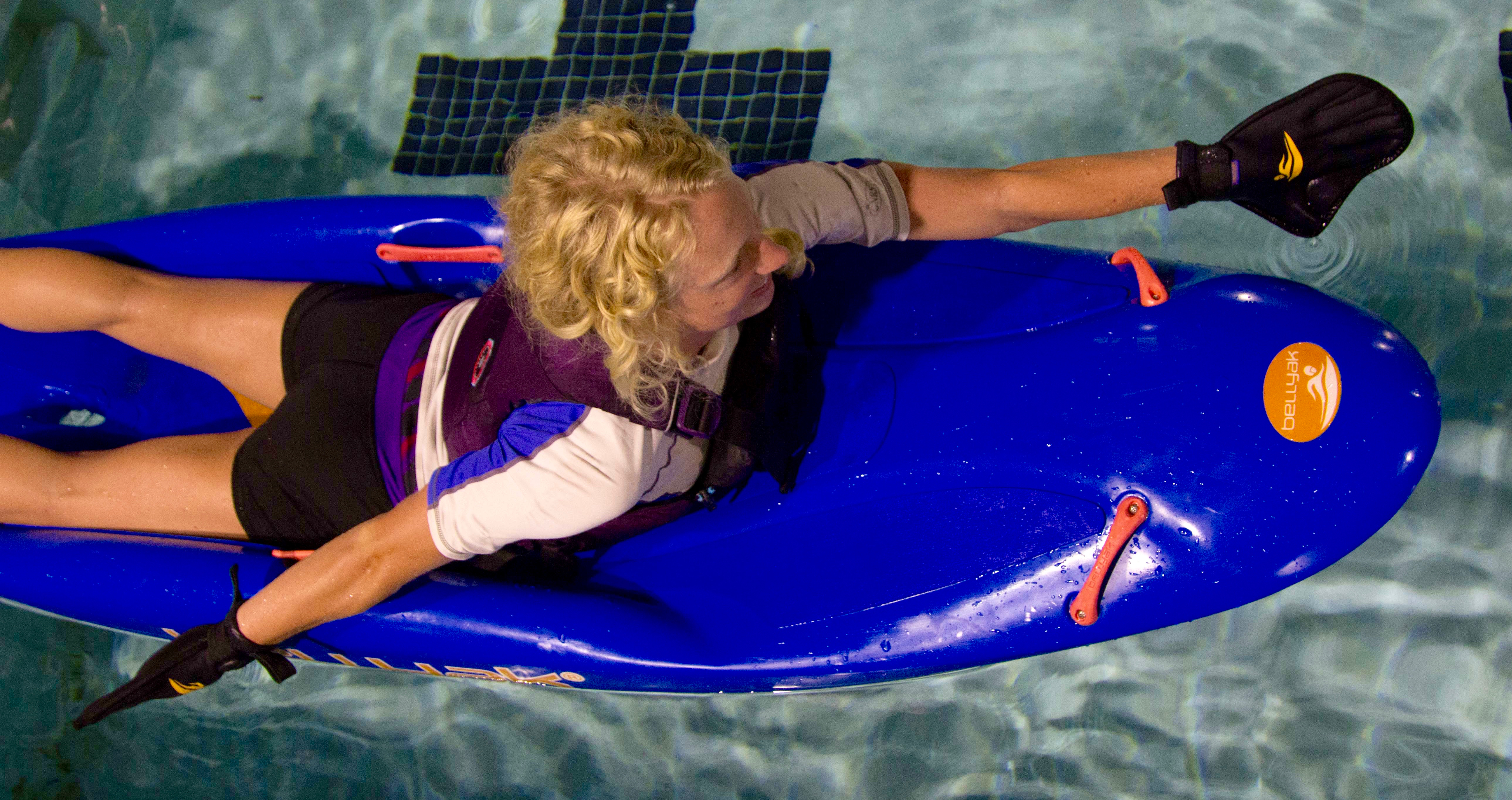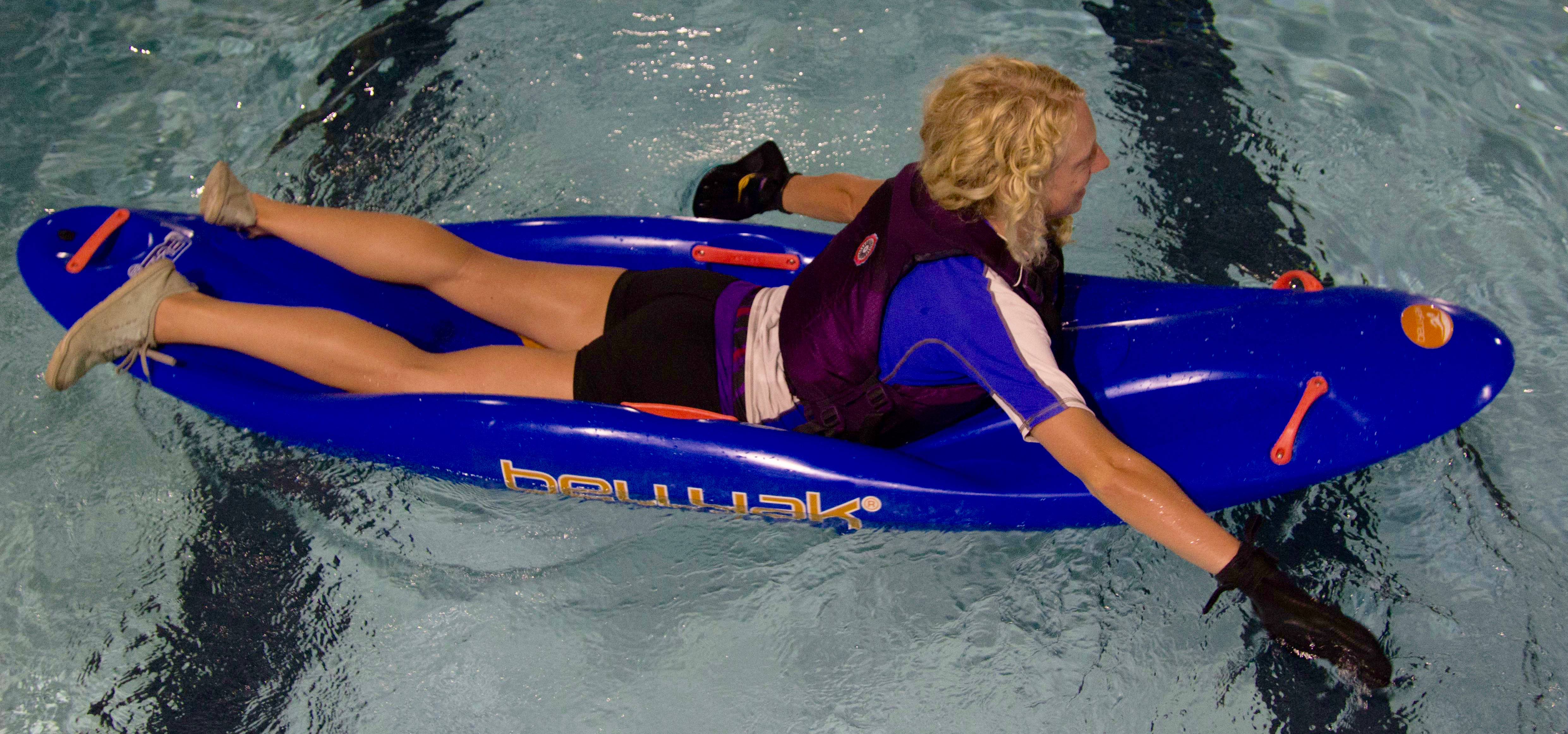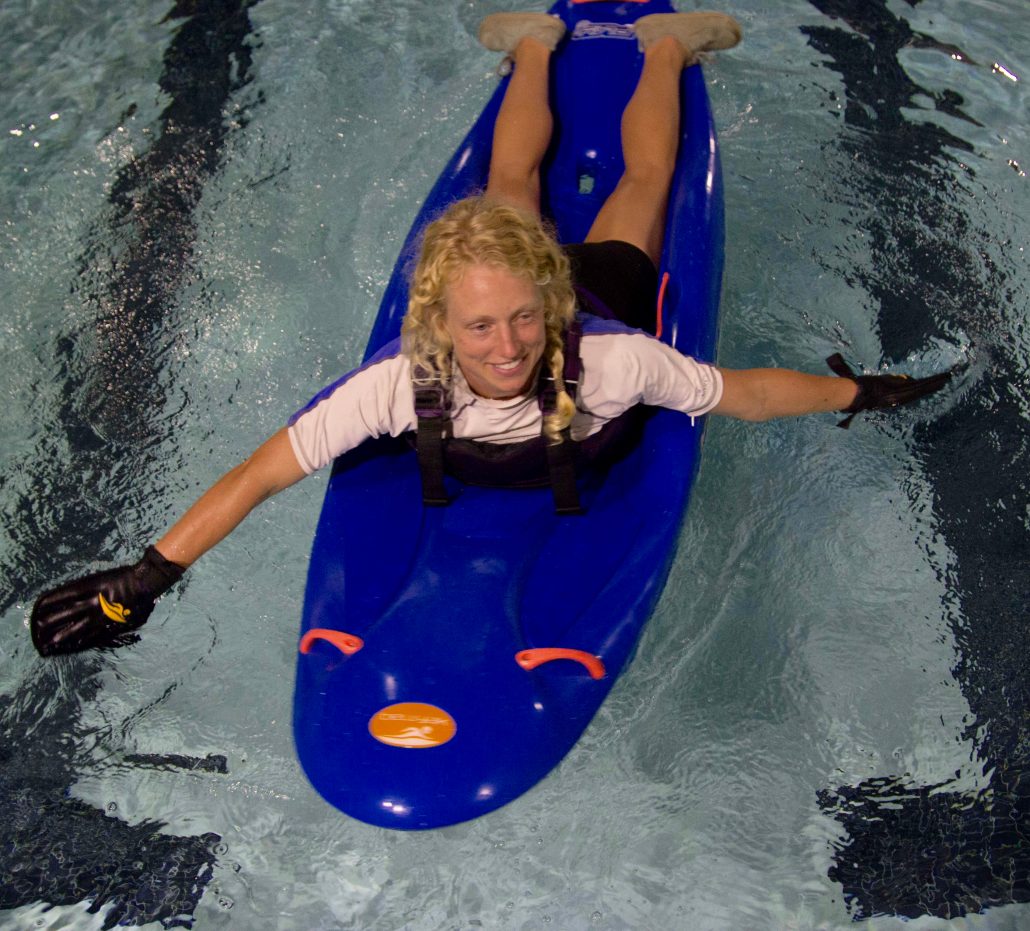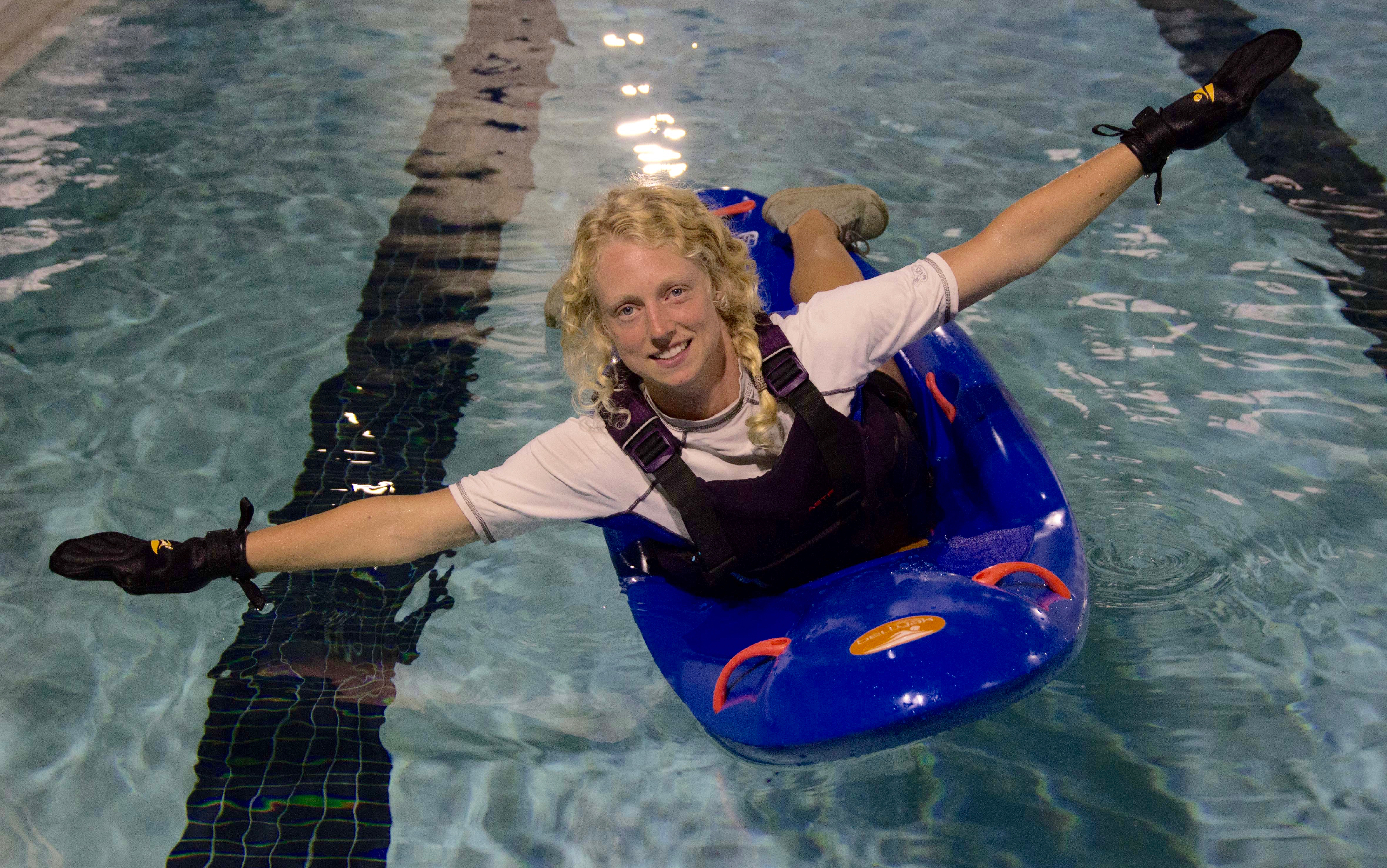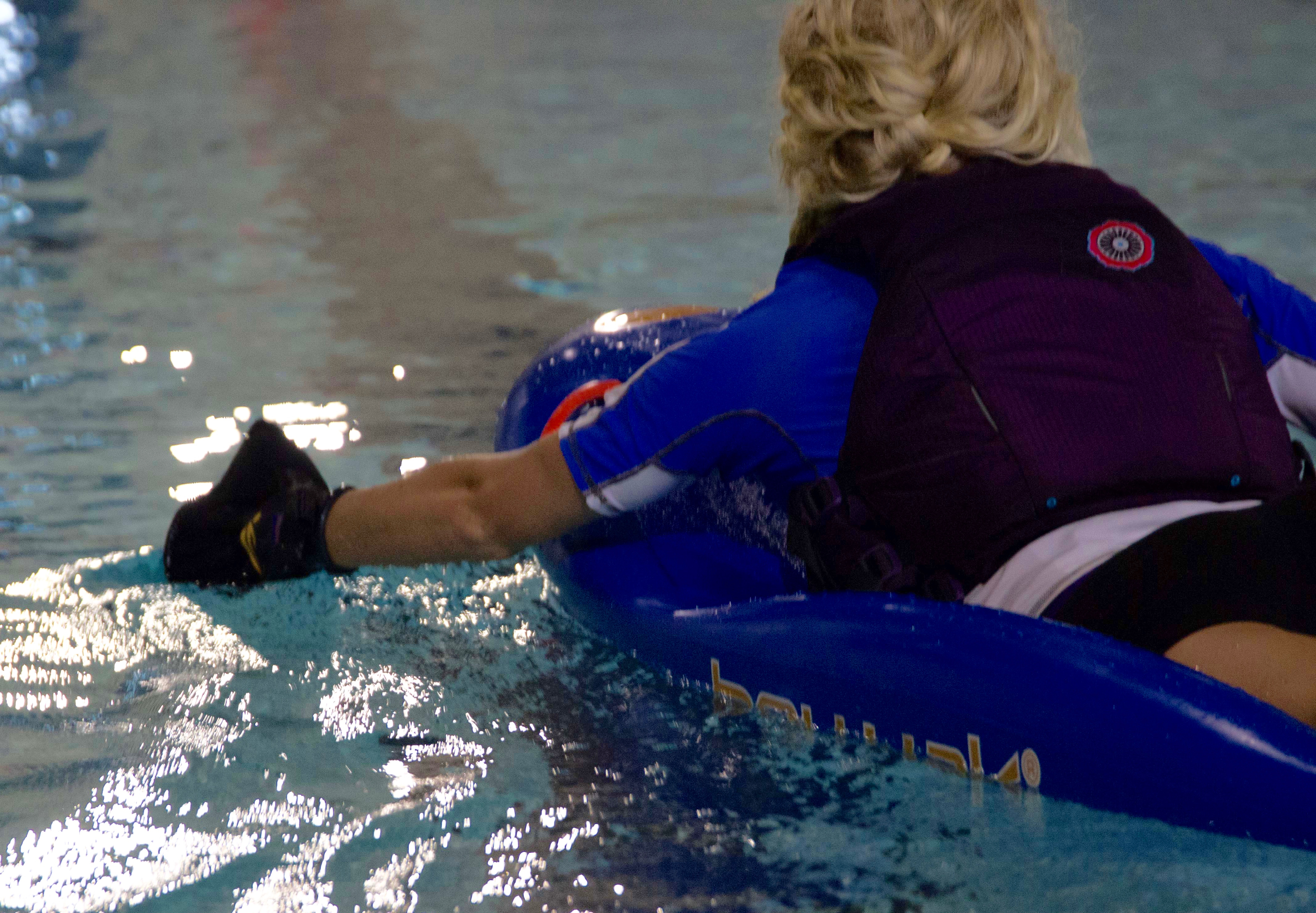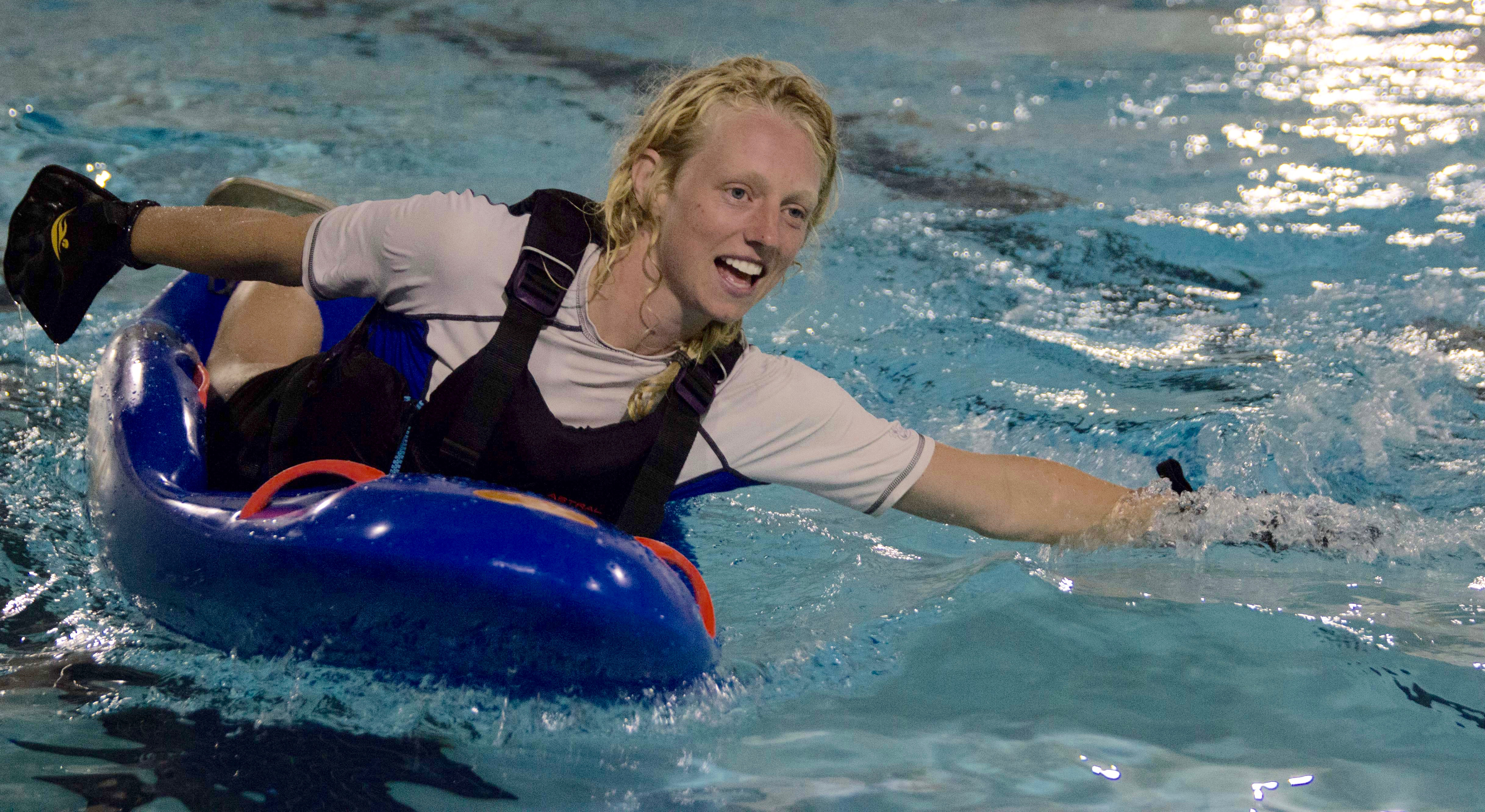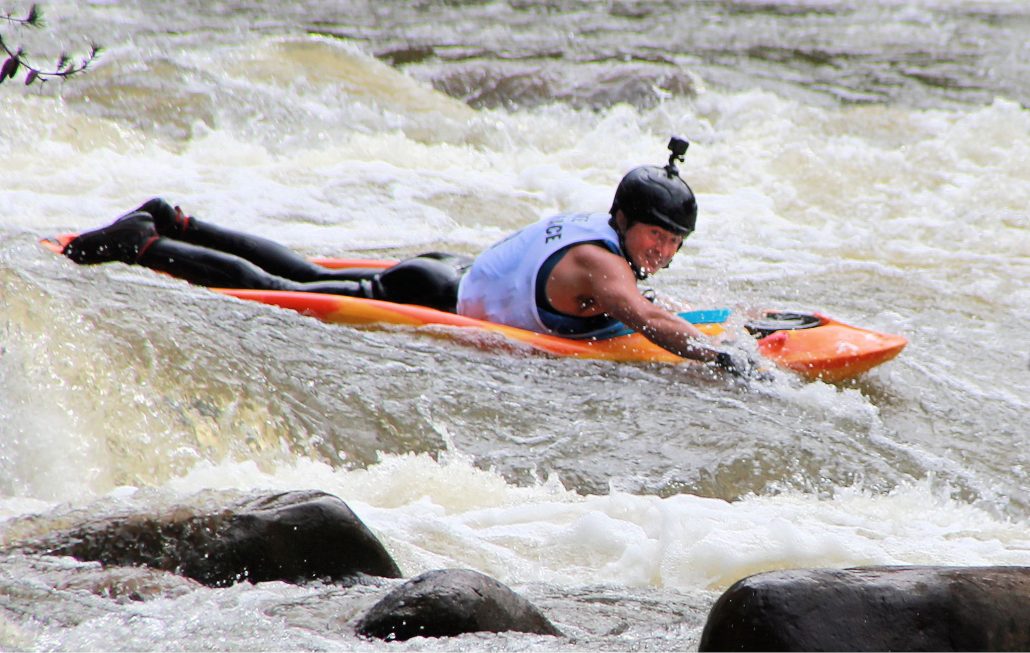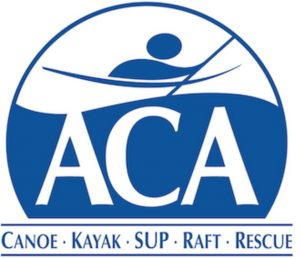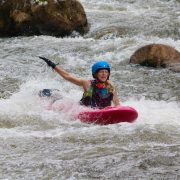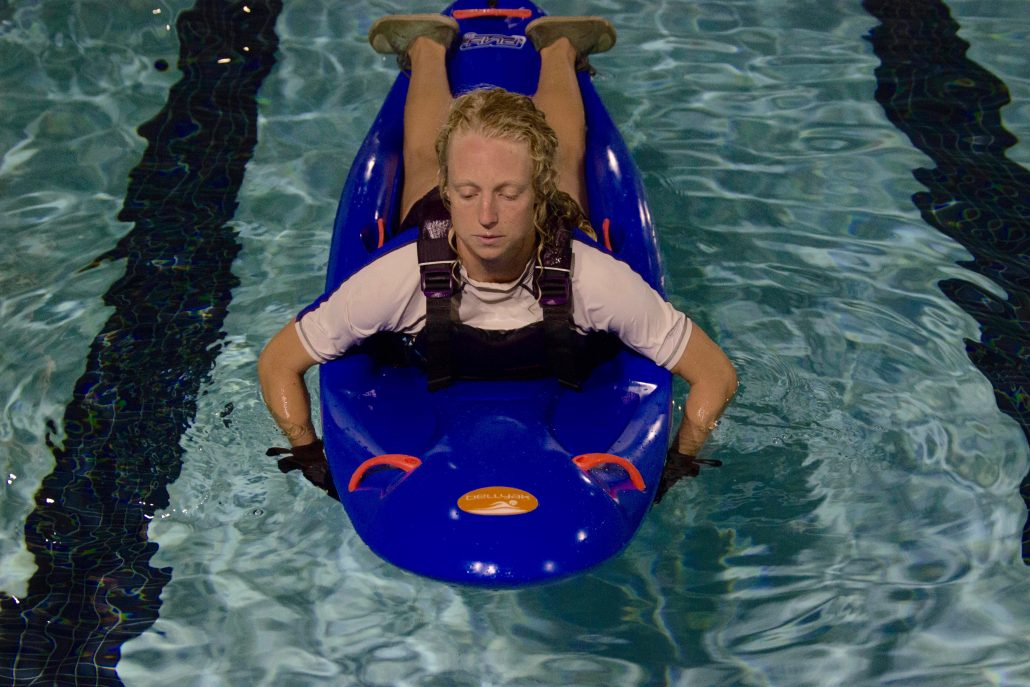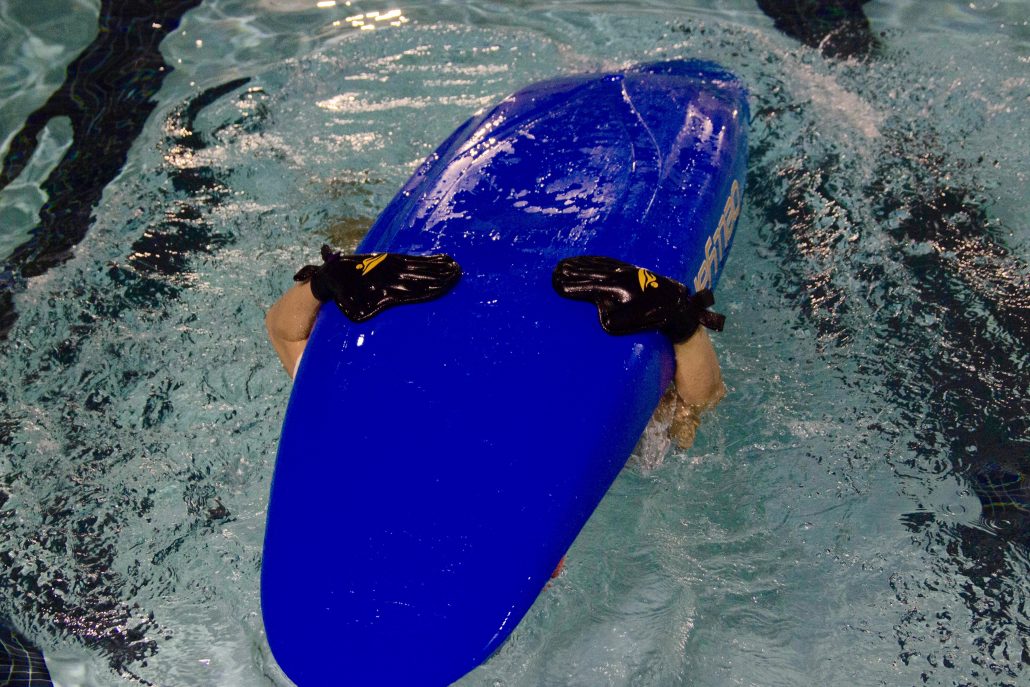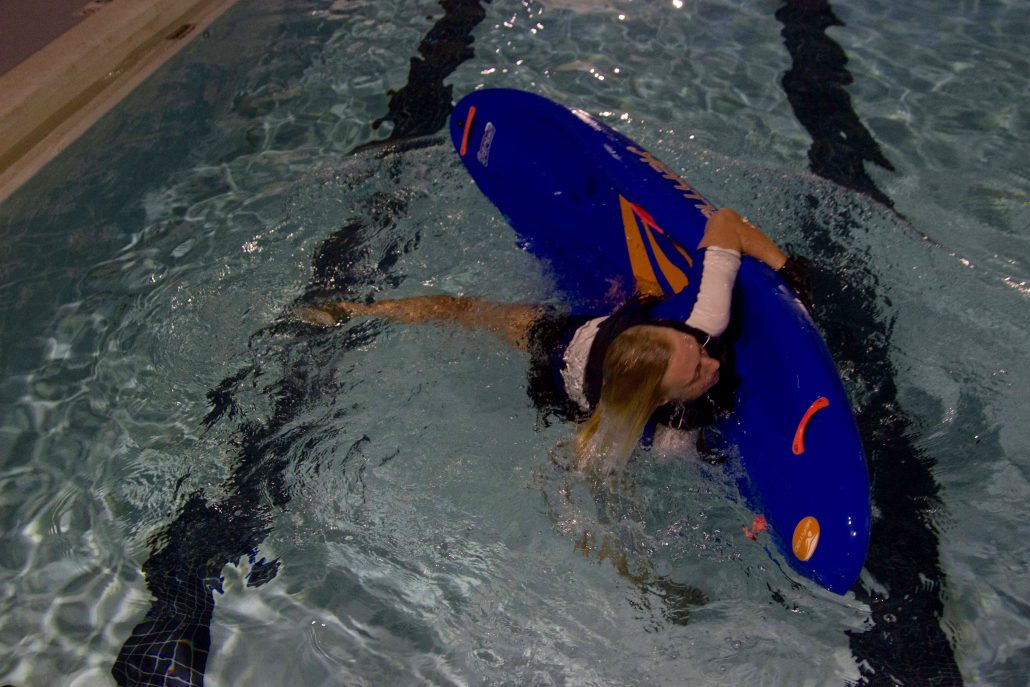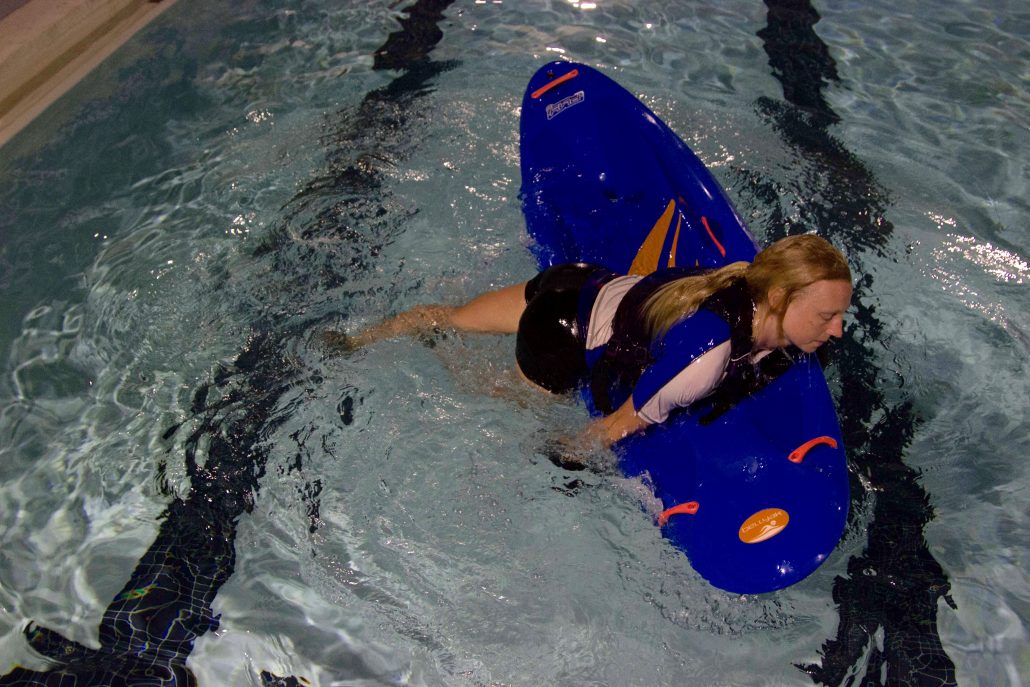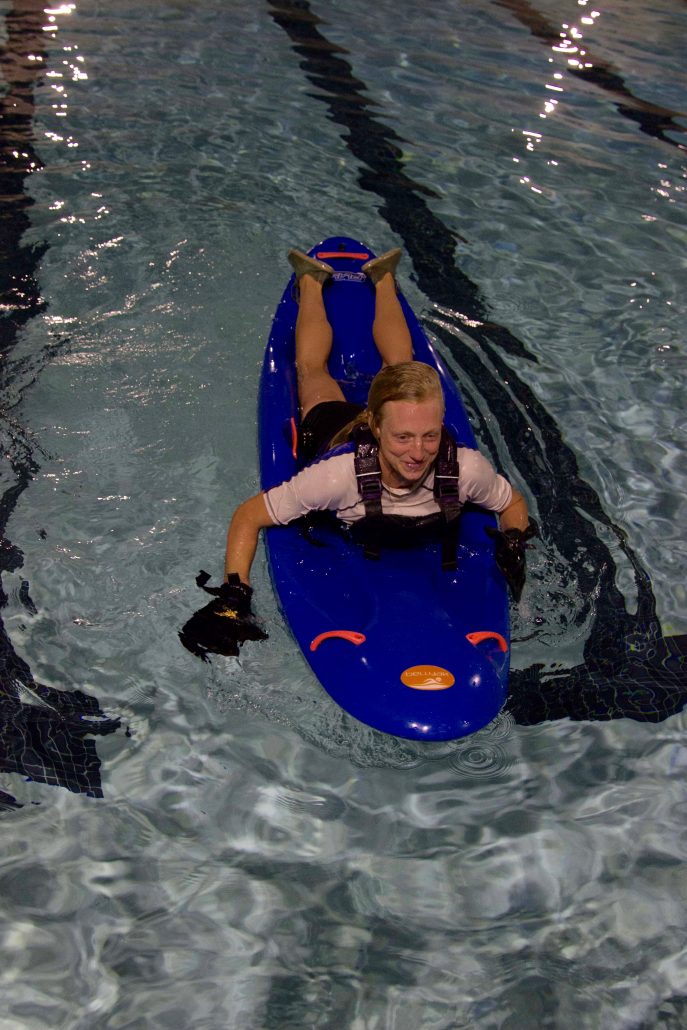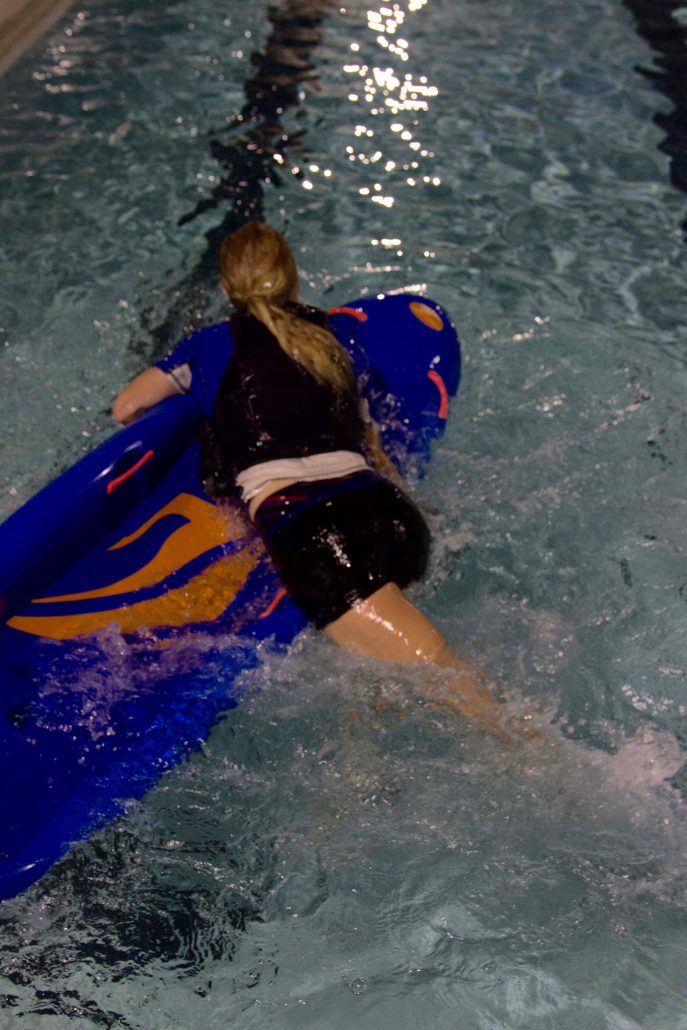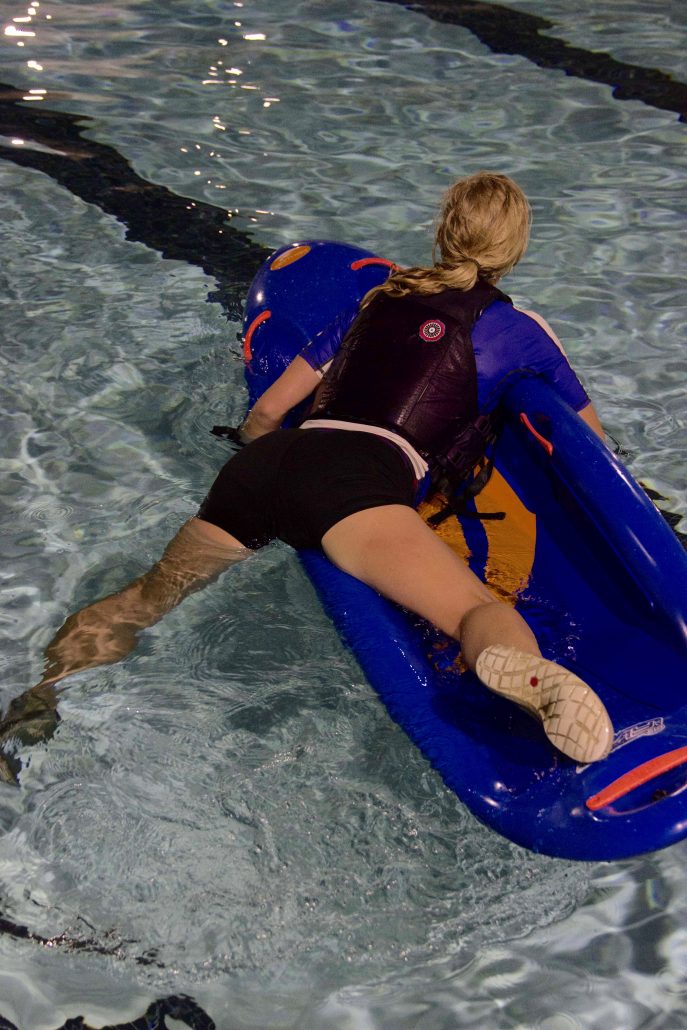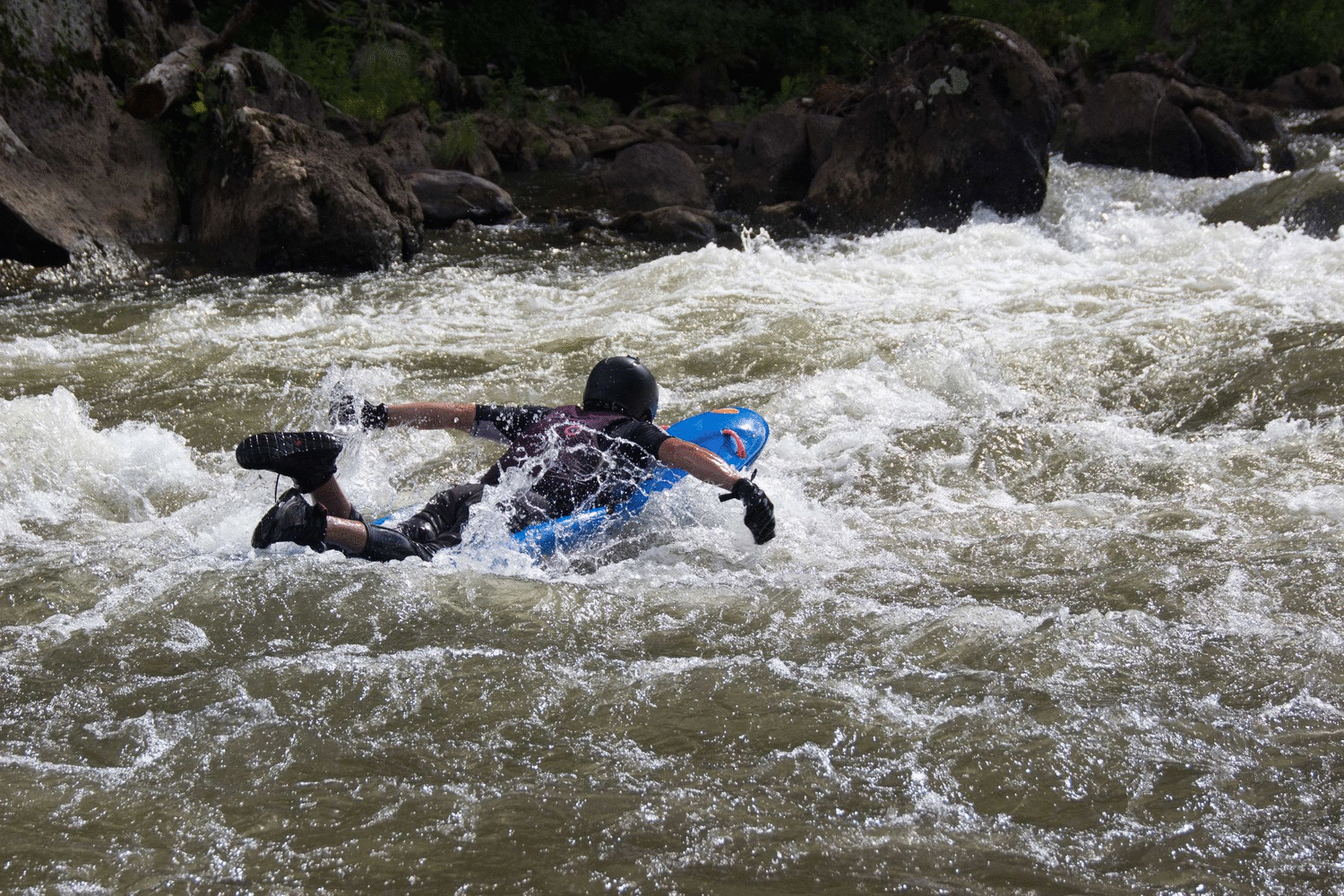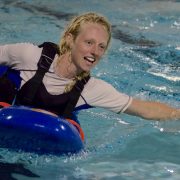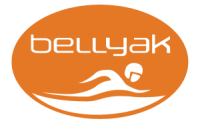7 Principles of Efficient Bellyak Paddling
The bellyak looks easy. Just lie on your stomach and paddle with your hands. No problem. No need to pay attention to the details, you got this! Ten minutes in you are exhausted and blaming the boat for a fault in your skills. In order to master the craft and minimize fatigue there are techniques to prolong your fun. The seven principles of proper bellyak paddling will help you get the most out of your paddling time.
7 Principles of Efficient Bellyak Paddling
Principle #1: TRIM: Proper body position and posture.
The Bellyak is ‘front wheel drive’ and made to glide through the water. The goal of proper trim is to create the most efficient position for effortless bellyaking.
Proper Trim is when you are centered on the Bellyak, neither too far forward or too far back, as shown below.
Just right, centered in the bellyak
*In the more advanced skills, surfing river waves requires the rider shift their weight towards the back of the bellyak to be in a position as shown in the picture above. This will raise the bow and make it easier to surf. Therefore, for the majority of paddling, the neutral position, centered in the boat, is most effective.
*The handles are used to reposition and are not for hanging on while going downstream.
Principle #2: Proper Paddling Strokes
The Forward stroke is an alternating, thumb down sweep stroke. Imagine the breast stroke and alternating arms. The forward stroke reduces shoulder fatigue over doing a deeper crawl style stroke. Move forward effectively by imagining pulling the boat past your hand rather than pushing the water backwards. Reach forward, catch the water, and pull yourself past your hand, releasing your stroke once it passes your shoulder.
Principle #3: Combination Strokes:
Hand paddling allows both of your hands to be used simultaneously. Practice spinning in place by using a combination of a forward stroke on one side and a reverse stroke on the other. This will help you become familiar with how the bellyak moves through the water and is the quickest and most effective way to change the angle of your downstream trajectory. Keep the boat flat as you spin.
Energy Conservation Tip: if you veer off course, it’s often easier to work with spin by continuing to spin back around til you are pointed in the direction you want to travel, then continue on your path.
Principle #4: Secondary Stability: Learning to Trust your Edges
The bellyak has excellent secondary stability. When you lean left or right the boat will support you ‘on edge.’ Learning to trust your edges will make learning moving water skills much easier, as you will be able to confidently enter and exit eddies with proper lean.
Principle #5 Front and Rear Rudder:
Now that you have the basic body position, the forward and combination strokes along with right/left lean you can start adding in rudder strokes to help keep you on course as you move forward.
As you are moving forward, if the bellyak starts to drift off course, you can use your opposite hand to help it correct back to center. You place your hand forward just as if you were reaching to do a forward stroke but instead of being ‘thumb down’ it will be ‘thumb up’ as the picture shows. Practice this in flat water by generating some speed and as the boat glides practice combining the lean you learned above with a static rudder. As you glide forward, using your right hand will cause you to turn right, and vice versa.
Principle #7: Work with the Water
Using the water to your advantage will insure you have the best time possible. Strength will never compensate for a lack of technique. Looking where you want to go and allowing the water to take you there, with strategically placed strokes to guide you will work much more effectively than muscling your way through.
The most effective advice is to SLOW DOWN. If you are veering off course, slow down, use a combination stroke, and get back on course. In river bellyaking, you are most often using combination strokes to position your boat, allowing the water to carry you where you are going, and then applying strategically placed forward strokes to enter/exit eddies and accelerate through/over river features.
Remember: don’t fight the water, enjoy the experience, and relax. To go fast, slow down!
Is there a specific skill you would like to learn? Send us a message and we’ll create a blog to answer your questions!
Thank you to the American Canoe Association for providing the photos and supporting the development of the Prone River Paddling Curriculum. If you are not a member of the ACA, join today!
